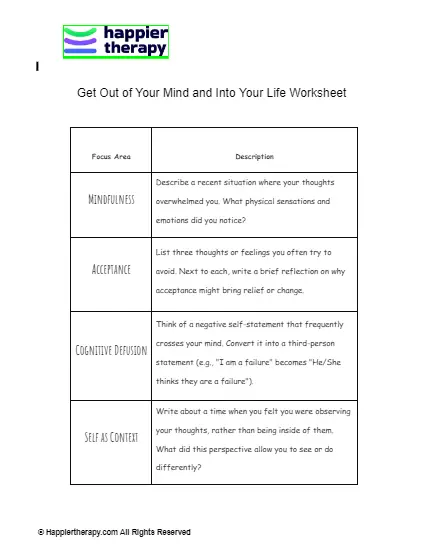Printable Stages of Change Worksheet
Download Worksheet
What is the theory behind this Stages of Change worksheet?
This worksheet is based on the Transtheoretical model (TTM) which is an integrated model that proposes that all individuals go through a series of six stages when they set out to achieve a behaviour change: precontemplation, contemplation, preparation, action, maintenance, and termination. It acknowledges that progression through these stages is not linear but follows cyclical patterns with instances of relapses to previous stages before beginning again.
How will the worksheet help?
The worksheet will provide a comprehensive description of the six stages of change as proposed by the Transtheoretical Model. It can help therapists or counsellors determine where their client’s currently stand in their behaviour change process so that they can be guided and supported accordingly.
How to use the worksheet?
This worksheet provides information about each of the 6 stages of behaviour change. It can be used by therapists or counsellors as a guide to determine the right kind of help their clients need based on which stage of the process they are on.

 By
By


